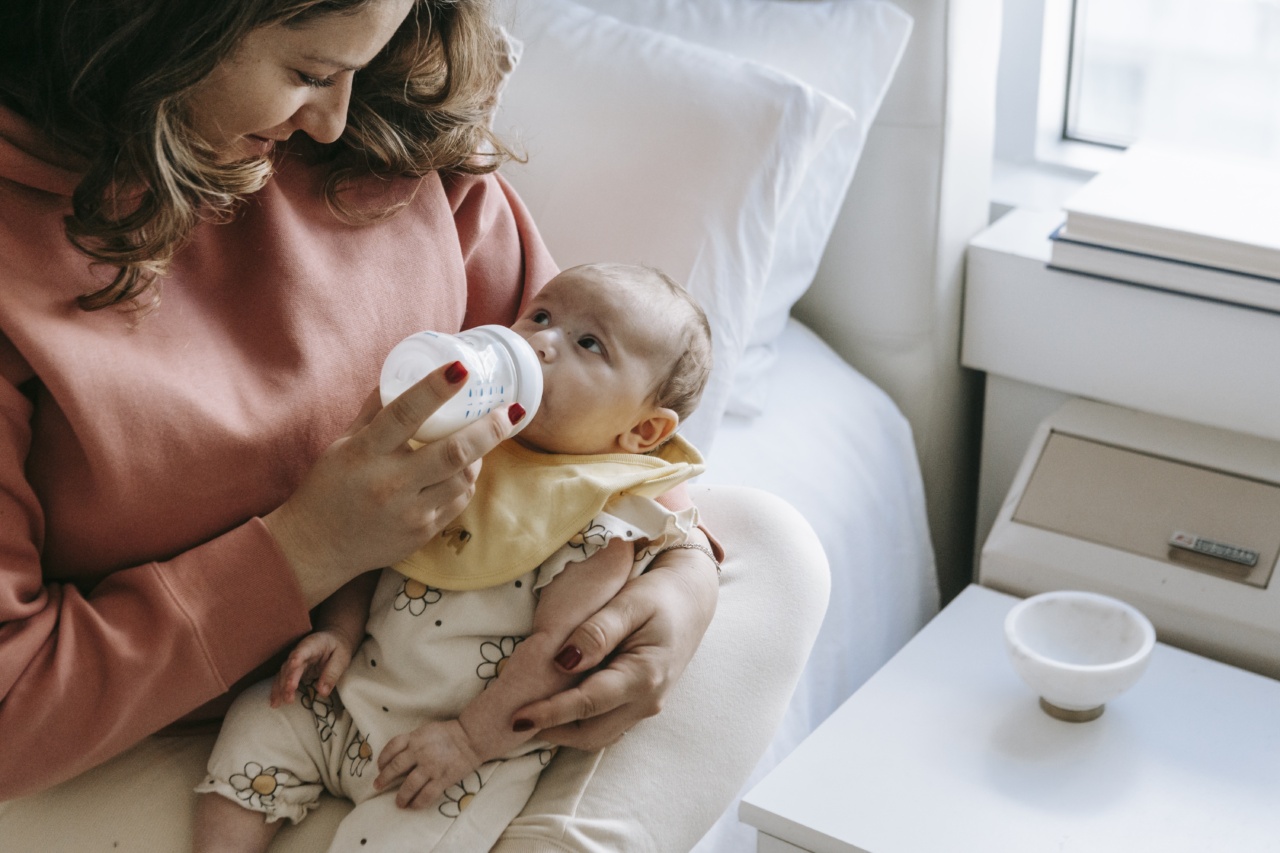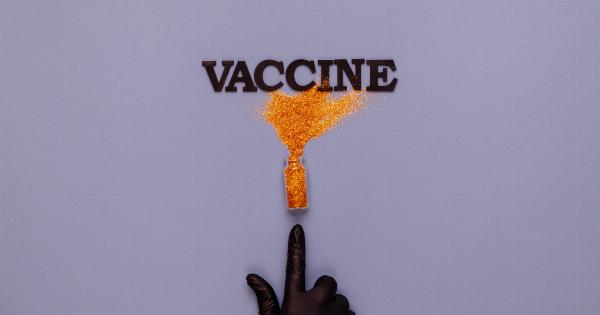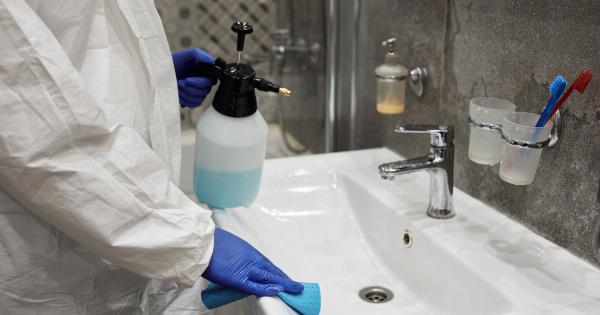Making baby’s bottle milk can seem like a simple task, but there are important factors to consider to ensure your baby is getting the best nutrition and safety.
In this article, we will discuss everything you need to know before preparing your baby’s bottle milk, including the right temperature, preparing formula, cleaning bottles, and more.
Choosing the Right Formula
Before making your baby’s bottle milk, it is crucial to choose the right formula that suits your baby’s needs.
There are various types of formula available, including cow’s milk-based formula, soy-based formula, and specialized formula for different health conditions. Consult with your pediatrician to determine which formula is best for your baby.
Ensuring a Clean Environment
Prior to making baby’s bottle milk, it is essential to have a clean and hygienic environment. Wash your hands thoroughly with soap and warm water before handling the formula, bottle, or any feeding equipment.
This helps prevent the transfer of germs to your baby’s milk.
Choosing the Right Water
The type of water used to prepare baby’s bottle milk plays a crucial role in your baby’s health. It is recommended to use filtered or boiled water to ensure it is free from harmful bacteria or contaminants.
Avoid using well water or untreated tap water. If you are unsure about the quality of your tap water, consult with your local health authorities.
Measuring the Formula
Accurate measurement of formula is vital to provide the correct nutrients for your baby. Follow the instructions provided on the formula packaging to measure the appropriate amount of formula per ounce of water.
Using too little or too much formula can impact your baby’s health and growth.
Preparing the Bottle
Start by cleaning the bottle, nipple, and any other feeding equipment thoroughly before each use. Sterilization is important, especially for newborns.
Boil the items for approximately five minutes or use a sterilizer, following the manufacturer’s instructions. Ensure that no soap residue is left in the bottle after washing.
Temperature of the Milk
Ensuring the right temperature of the bottle milk is crucial for your baby’s safety and comfort. Formula milk should be served at room temperature or slightly warmed.
Never heat the bottle in the microwave as it can create hotspots, which may burn your baby’s mouth. Instead, place the bottle in a bowl of warm water for a few minutes or use a bottle warmer.
Bottle Feeding Techniques
When it’s time to feed your baby, hold them in a semi-upright position, supporting their head and neck. Tilt the bottle to ensure the nipple is filled with milk to prevent your baby from swallowing excessive air.
Allow your baby to set their own pace; never force them to finish the bottle. Discard any unused formula within an hour of preparation.
Storing Prepared Formula
If you have leftover formula from a feeding, it is important to handle it correctly. Discard any unused formula that has been at room temperature for more than one hour.
If the formula has been in your baby’s mouth, it is recommended to discard it within one hour as well. Prepared formula can be stored in the refrigerator for up to 24 hours, but make sure to discard any leftovers after feeding.
Traveling with Bottle Milk
If you need to travel with bottle milk, it is important to take precautions to ensure your baby’s safety. Use insulated containers or coolers to keep the milk cold.
If you don’t have access to refrigeration, pack enough milk in individual, pre-measured containers, ready for immediate use. Avoid leaving prepared milk at room temperature for an extended period.
Cleaning and Sterilizing Bottles
Proper cleaning and sterilizing of bottles and nipples are crucial to prevent the growth of harmful bacteria. After each use, clean bottles, nipples, rings, and caps with warm soapy water. Use a bottle brush to reach all corners and rinse thoroughly.
Sterilize the bottles and nipples before the first use and periodically thereafter, especially for newborns.
Conclusion
Making baby’s bottle milk requires attention to detail and adherence to proper hygiene practices.
Choosing the right formula, measuring accurately, maintaining cleanliness, and ensuring the right temperature are essential for your baby’s health. By following these guidelines, you can provide your baby with safe and nutritious bottle milk, promoting their growth and well-being.



























